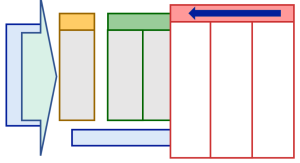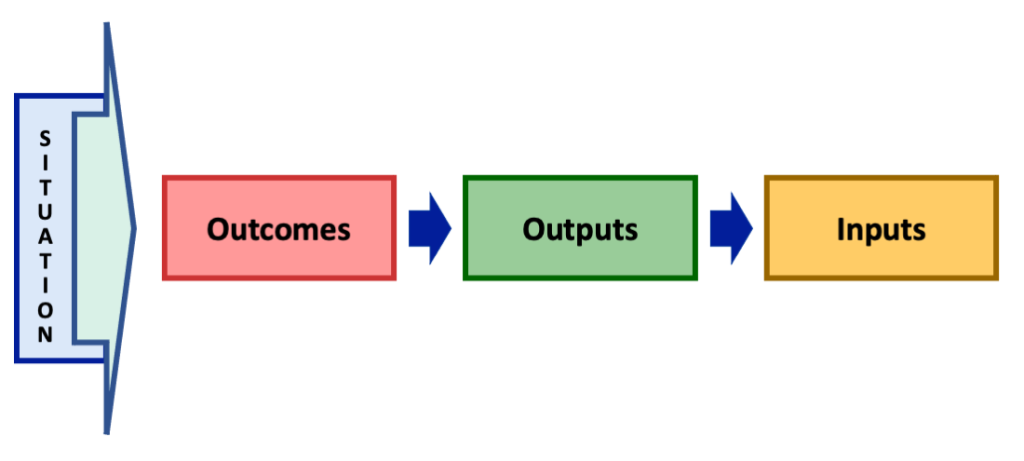Home » Enhancing Program Performance with Logic Models » Section 5: How Do I Draw a Logic Model? » 5.5: Creating a Logic Model for a NEW PROGRAM
5.5: Creating a Logic Model for a NEW PROGRAM
Purpose: Planning
Starting at the End
Once you have completed your situational analysis and priority setting (the activities on the left that initiate logic model development), you should start new program development at the end, with the desired program outcomes.
Starting with the end in mind and working backwards opens up possibilities and helps us avoid being confined by existing resources.

- Identify the long-term outcome(s).
- What is your end goal?
- What will be different?
- How will the community, producers, local citizens, the environment, be different as a result of the program?
Agree on a simple statement describing the ultimate, end result that you are hoping to achieve. This end result is the same as your goal. Spending time clarifying your long-term outcome, coming to consensus on what it will be, and making it specific, will save you time later. Review the material in Section 2 on defining outcomes, the outcome chain, and writing outcomes.
Once you have that long-term outcome (end result, goal) identified, then work backwards across the logic model.

Approaches to Creating a LOGIC Model
Approach 1
Identify the long-term outcome(s) of interest. This often results from a visioning or strategic planning process. Then, work backwards across the model and ask:
- What preconditions in the medium term must be met for the long-term outcome(s) to be achieved? You can also phrase the question, “What needs to exist as a precursor for the long-term outcome(s) to be achieved?”
- Moving backwards ask what preconditions in the short term must be met in order to reach the medium-term outcomes? (These are your short-term outcomes.)
- Who must be involved, reached, targeted, and/or a participant for the short-term outcomes to be achieved? Be specific about “who” (age, gender, defining characteristics).
- What activities, products, events must be undertaken so that those specific individuals (or groups) will achieve the desired outcomes?
- Think about: How can these people be reached/engaged? How do they best learn? Cluster activities into strategies (activities that fit together conceptually) such as training, media work, coalition development, etc.
- What resources are needed to conduct these activities, to reach those people, to effect those outcomes?
- What assumptions have we made about…? What does research, experience, wisdom tell us?
- What external factors outside our control may affect our theory of action?
Approach 2
- Identify the long-term outcome(s) of interest.
- Move to the activities column. Often program staff and stakeholders have ideas about the activities they plan to undertake. This is often a comfortable place to start. Write down what you plan to “do” – what activities, services, product development the program will undertake. What is “the intervention?”
- Next, complete the chain of connections that links the activities to the long-term outcome(s). Who needs to be reached/engaged? What leads to what? What is connected to what? Include as many items as are necessary to make the logical connections between activities and final result.
- Now, identify the inputs you have and those you still need in order to achieve the pathway of change you’ve laid out.
- List all assumptions.
- List the external factors that may impede your expected theory of action.
Approach 3
- Identify the long-term outcome(s) of interest.
- Brainstorm all the things that have to happen to reach your long-term outcome(s). You might have someone record these as the group offers its ideas or each member can write down his/her own ideas on sticky notes.
- Using a large work space, place these items in logical order: what precedes what; what is connected to what; what is a sequence of what? Check for gaps in the connections. Keep asking the question “If this, then will this occur?” Use any metaphor or creative process to capture the connections.
- You may want to cluster activities into strategies (activities that fit together conceptually) such as training, media work, coalition development, etc.
- Gather items that represent assumptions and environmental factors in a special place and see how they affect your model.
- Identify resources needed to support the intended theory of action.
Approach 4

Some people reverse the order of the logic model so that “Outcomes” is the first label on the left after “Situation,” followed by “Outputs,” and, finally, “Inputs” is placed on the far right. This method may help people link directly from situation to expected long-term outcome and then subsequently to the necessary pre-conditions at each step.




